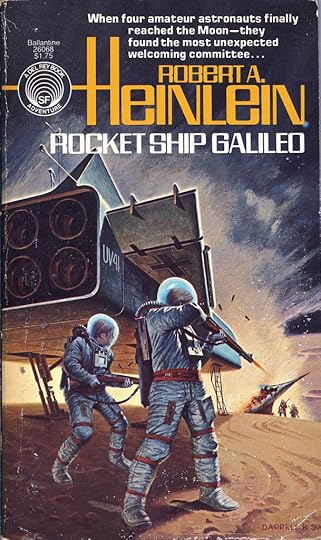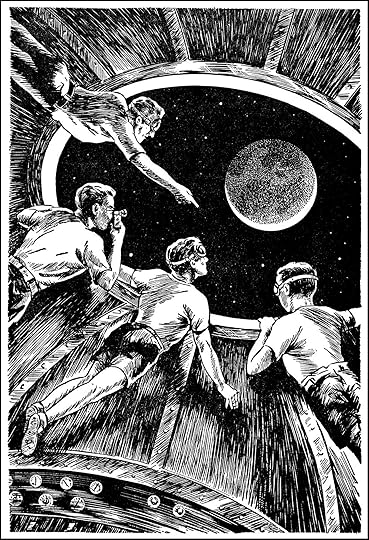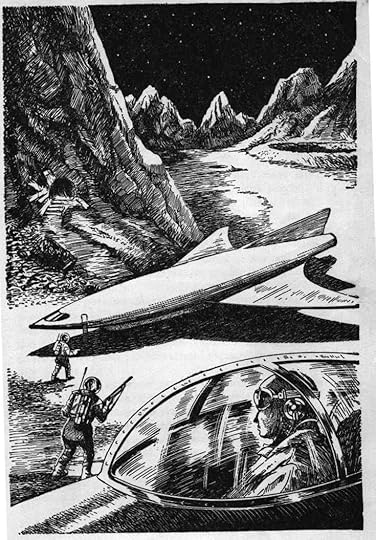What do you think?
Rate this book


160 pages, Paperback
First published January 1, 1947



This was one of the first Heinlein novels I read as a 13- or 14-year-old, back in the 1980s, and I recall that it (along with Red Planet and Space Cadet) kindled my love not only for science fiction but for science itself, and the broader universe around us. Upon rereading in 2020, it was much as I remembered — not award-winning, but fun. And fun is, afterall, the reason I read fiction.
(I published a longer review on my website.)